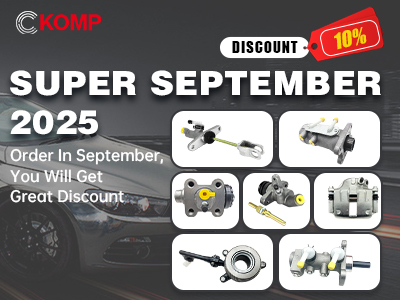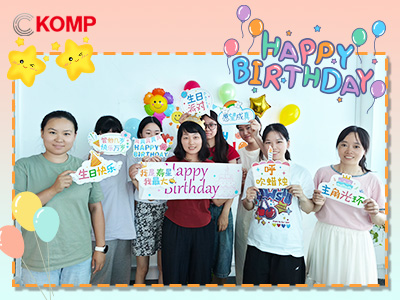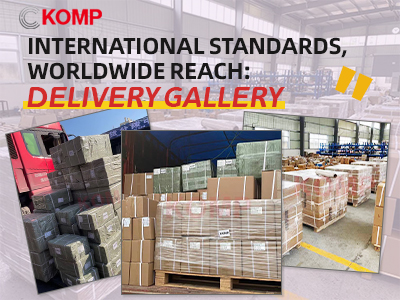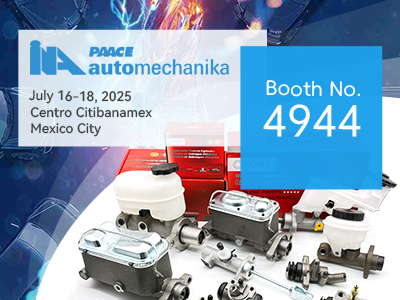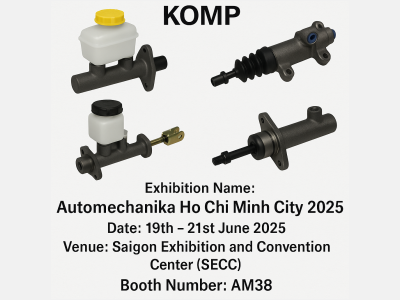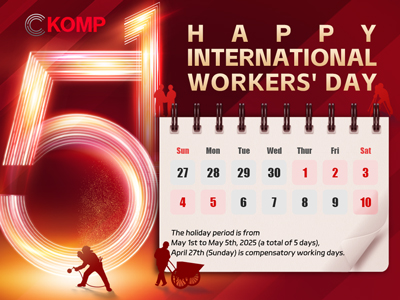Eid al-Adha Mubarak from KOMP
Eid al-Adha Mubarak from KOMP As Eid al-Adha approaches, all of us at KOMP would like to extend our warmest wishes to our valued customers, partners, and their families who are celebrating this important occasion. Eid al-Adha, also known as the “Festival of Sacrifice,” Eid al-Adha is one of the main festivals of Islam, and is a time of reflection, generosity, and gratitude. It is a celebration that unites communities across the globe in a spirit of compassion, togetherness, and faith. At KOMP, we deeply appreciate the diverse traditions and values of the customers we serve. This special time offers us a meaningful opportunity not only to share in the joy of the season but also to express our heartfelt thanks to you — our customers — for your continued support and trust in our products. Your confidence in KOMP’s brake cylinders and clutch cylinders has played a crucial role in shaping our journey. From the hydraulic master cylinder in a variety of vehicle models to specific components like the Honda Civic master cylinder, we are proud to be a part of the systems that keep your vehicles running safely and reliably. For years, we have been committed to delivering the highest quality products, prioritizing safety, performance, and durability. We also recognize the importance of application-specific solutions. Whether it’s a clutch master cylinder Toyota Corolla or a wholesale brake wheel cylinder for large-scale distribution, KOMP has consistently provided dependable parts that meet the needs of both individual customers and commercial clients. Your loyalty and feedback have driven us to constantly improve and innovate. It is because of your trust that we continue to grow and reach new milestones. In a world where reliability and precision are essential, we take great pride in being a trusted partner in your business and transportation needs. From design to production, every KOMP cylinder reflects our commitment to quality, durability, and customer satisfaction. We understand the importance of every component, and we are honored to be a part of your journey—whether on the road, in the field, or in the workshop. On this special occasion, we wish peace, joy, and prosperity to all our customers and their loved ones. May Eid al-Adha bring happiness to your homes and success to your endeavors. As you gather with family and friends, we hope your holiday is filled with blessings and meaningful moments. Once again, thank you for choosing KOMP. Your support means everything to us, and we look forward to continuing to serve you with excellence. — The KOMP Team
Jun 06, 2025
